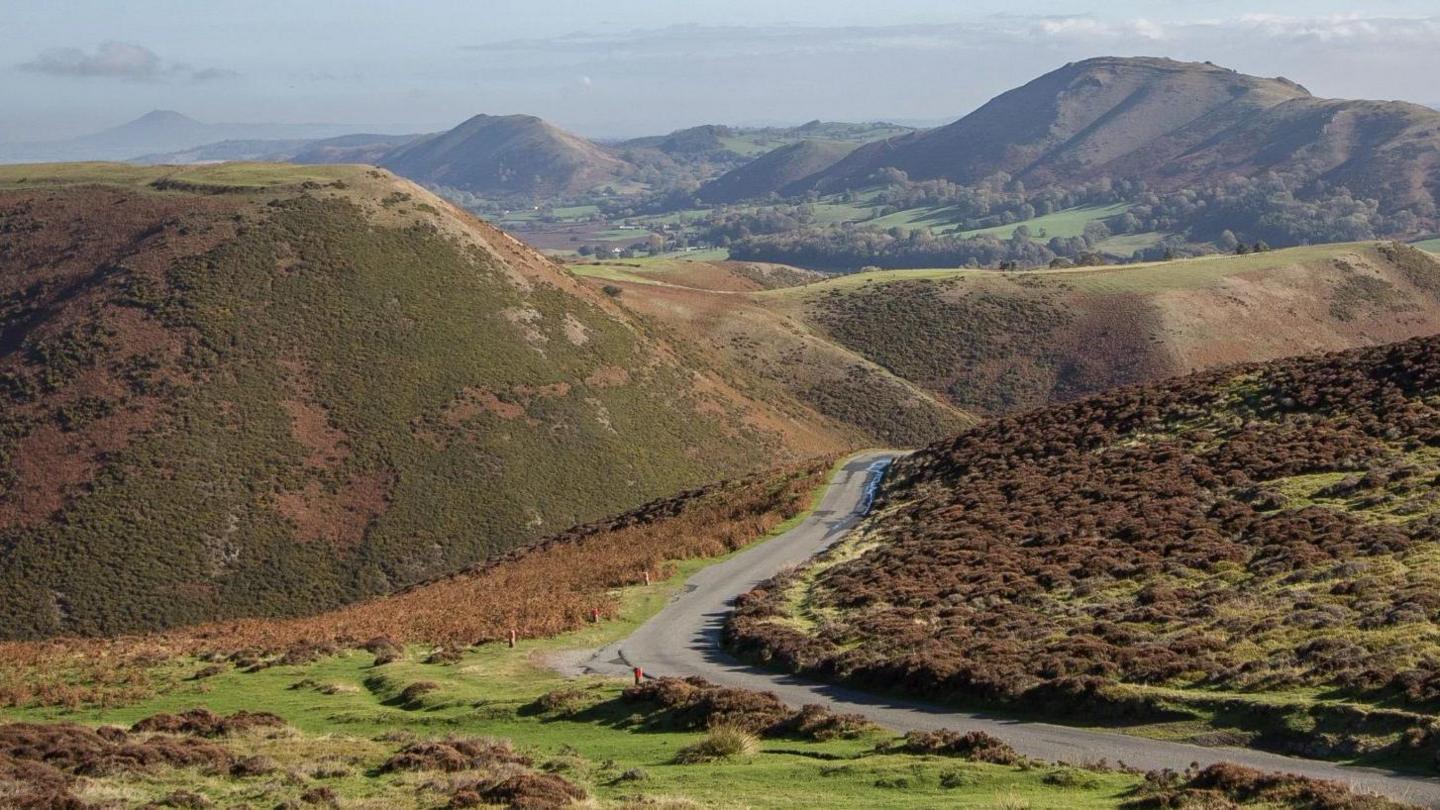Iron Age hill fort was six times bigger than thought

Archaeologists believe the hill fort may have been downsized at some point
- Published
An Iron Age hillfort in south Shropshire was six times larger than originally thought, archaeologists have discovered.
The group, from the Time Team television programme and universities of Chester and York, carried out research using sensors mounted on aircraft to map the area around Bodbury Ring.
They said it appeared that the previously identified earthworks were only a small part of a much larger settlement.
The remains of what could be a Roman Iron Age settlement have also been uncovered.
The research was led by University of Chester Visiting Professor, Stewart Ainsworth.
He said the known earthworks were probably the "more easily defended fort at the southern tip of the original hillfort, possibly in the Middle Iron Age".
He believes the larger settlement, near Church Stretton, may have been downsized at some point, possibly as a result of "increased tension in the region, reflecting possible changes in the geopolitical landscape of the times".
The survey work was carried out without any digging being necessary.
The sensors mounted on the aircraft created "high-resolution laser scan data", the team said, which was later studied to provide the insights.
Follow BBC Shropshire on Facebook, external, X, external and Instagram, external. Send your story ideas to: newsonline.westmidlands@bbc.co.uk, external
Related topics
- Published22 September 2023

- Published12 July 2023
